Earth’s Produce Section Is Free if You Know How To Forage Safely
Identifying edible flowers, plants, mushrooms, or fruits while foraging typically involves an exercise of close observation. To the untrained eye, however, it’s all too common to mistake one plant for another, and while they may look the same, they aren’t always similarly edible—and some can make you quite ill. To avoid the risks and reap all the rewards that foraging can offer you, expert foragers shared seven tips for how to forage safely, plus what you’ll need to start foraging in the wild.
How to forage safely with tips from expert foragers
1. Be 100 percent certain of what you harvest
Regardless of whether you’re a beginner or an experienced forager, one of the most important things to remember is that “you need to identify anything you’ll pick with 100 percent certainty,” says naturalist “Wildman” Steve Brill, an expert in foraging for wild and medicinal plants. Otherwise, you might run the risk of becoming sick.
2. Use a field foraging guide to help you identify plants
A field guide is a valuable tool when foraging. It can help you identify what you’re looking at and whether it’s safe to collect, or consume if you’re foraging for food in the wild. There are many options available, and there are apps that can serve as modern-day foraging guides, too. One caveat: “You can’t trust them a hundred percent,” says Brill, who himself has written several foraging guides and created the app Wild Edibles Forage, which helps users identify hundreds of plant species for edibility using pictures. He says it’s important to verify what you want to identify if you aren’t, as previously mentioned, one hundred percent certain. Consider cross-referencing two or more field guides (or apps), or better yet, ask for advice from your local foraging experts through online foraging forums or groups if you aren’t venturing outside with one.
{{post.sponsorText}}
3. Forage in safe areas
Just as it’s important to know what you’re foraging for, you’ll also want to think about where you’re foraging for food. Typically, it’s safest to forage from your own garden, says expert forager Doug Kent, a professor at Cal Poly Pomona and author of the 2020 NOBA award-winning book Foraging Southern California. “When you ‘shop’ in your garden, you know exactly where your food is coming from,” he says. In addition, you can consider foraging around your neighborhood, in public parks, or along your local stream ways. Conversely, “avoid foraging in commercial or industrial properties, and within 50 feet of a busy highway or busy street,” he says. “The brake dust [and] the asbestos coming off every time somebody breaks their car, that dust is then flying into that environment, and it could be assimilated into the tissue [of plants].”
4. Inspect and wash foraged food before eating
Before eating foraged food, inspect them carefully for any signs of fungus and discoloration. “Discoloration can mean anything from fungus to drift from pesticides,” says Kent. You might also come across tiny bite marks on your food, but he says this isn’t anything to worry about—“it just means it’s edible.” Once you’ve done a thorough inspection, you’ll want to wash what you’ve harvested. Kent says it’s important to wash it with warm water to rinse off heavy metals, dust, or toxins. If you’re concerned about pathogens, you can also flash-boil your foraged food at 165°F, which Kent says is “the magic number.”
5. Protect the environment, just as you would yourself
When foraging, be mindful of how you’re treating your environment, too. “Always leave something to bloom,” says Kent, adding that you want to avoid collecting a flower or a plant that seems to be the only one of its kind in the area. It’s also important to be aware of how you’re collecting foraged food. Avoid trampling the soil when you harvest and follow the motto of “leave no trace” to ensure that you aren’t affecting the environment—and thereby, the growth of flowers, plants, mushrooms, and fruits.
6. Start with easy-to-identify flowers, plants, mushrooms, and fruits
Both Brill and Kent agree that beginners interested in learning how to forage might want to start with easy-to-identify wild edibles and from there, slowly increase your knowledge. “Start with foraging for ingredients that can be found in your grocery store,” says Kent. Easy-to-identify foraging plants include:
- Blackberries
- Chickweeds
- Chicory
- Dandelions
- Fennel
- Fig
- Nasturtium
- Purslane
- Rose
- Stinging nettle
7. Consider joining in-person forage classes and tours
One of the best ways to experience foraging is in good company, and you might want to consider attending a forage class or tour if it’s available to you. Not only is it a great way to meet like-minded people, but it’s also an opportunity to gain firsthand knowledge from foraging experts who are leading the class or tour. Brill, for one, has been leading foraging tours since 1982, and in more recent years, alongside his daughter Violet. His tours showcase New York’s wide diversity of plants, and they’re held in the city’s public parks from March through December. Additionally, Kent points to Green Deane of Eat the Weeds. Deane has been foraging for over 65 years, and he leads three-hour-long forage classes in Florida, where participants can expect to learn about the edible plants and mushrooms growing in the Sunshine State. You can also visit the website Eat The Planet, which provides a list of in-person forage classes and tours in every state, exclusive of Hawaii, Alaska, Arkansas, and North and South Dakota.
When selecting a forage class or tour, Brill recommends looking at real-person reviews and recommendations to help you narrow down your choices. That said, not everyone has the option to join a class or tour, says Kent. As an alternative he recommends joining an online foraging group. “If you can’t take a class, joining an online group allows you to get that professional guidance because [classes and tours] take money and opportunity and not everybody has that,” he says. “Reach out to a community, and if you’re unsure of a plant, just post a picture, and you’ll get feedback on whether it’s edible and how to prepare it,” he says.
A beginner’s checklist for foraging
When you’re ready to go outside and try forging, you’ll also need to take a few things along with you. Consider bring these items along with you, all of which come recommended by Brill:
Must-have items
1. Field foraging guide: A field guide, as mentioned, can help you identify edible from not-so-edible plants, flowers, mushrooms, or fruits as you come across them on your excursion.
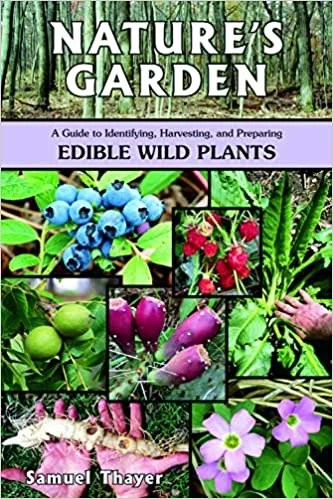
This popular field guide is written by internationally recognized foraging expert Samuel Thayer, who has taught foraging and field identification for over two decades. Published in 2010, it covers how to find and identify 41 of the most widespread wild foods in North America, when and how to harvest them, and how to prepare them in recipes. Plus, readers will learn the cultural and natural history each of the plants discussed in the guide.
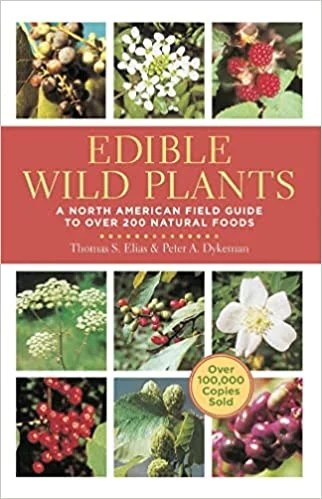
In Edible Wild Plants, foragers will find over 200 species of edible plants, accompanied with colored images, detailed information on each plant’s habitat, physical properties, and poisonous lookalikes, plus how to harvest and prepare them for the table. The plants are conveniently listed by season, making the field guide user-friendly, too. The book was published in 2009 and written by Thomas Elias, PhD, who received numerous awards for his distinguished accomplishments in the field of wild plants, foraging, plant science, and horticulture.

Looking for a regional field guide? Mountain States Medicinal Plants is written for foragers, naturalists, and herbalists in Idaho, Montana, Wyoming, Utah, eastern Oregon, eastern Washington, and northern Nevada. It covers 120 of the region’s medicinal wild plants, and it includes colored images, identification tips, and information on how to forage each plant profiled. You will also find recipes herbal teas, tinctures, and salves in the book. Published in 2018, the book is authored by Briana Wiles, a wild plants expert, herbalist, and the founder of Rooted Apothecary in Colorado.
If you are foraging outside these areas, you can also find regional field guides for the Northeast, the Pacific Northwest, the Southeast, the Southwest, the Midwest, and California.
2. Foraging app: Like a field guide, a foraging app can help you determine what you’re looking at. Consider using Brill’s Wild Edibles Forage app or the PictureThis app, which is highly accurate, according to one study published in the Journal of Medical Toxicology.
3. Bag or containers: Brill recommends using plastic bags for vegetables and herbs and paper bags for mushrooms. When foraging for berries, he recommends plastic containers so the berries don’t get crushed.
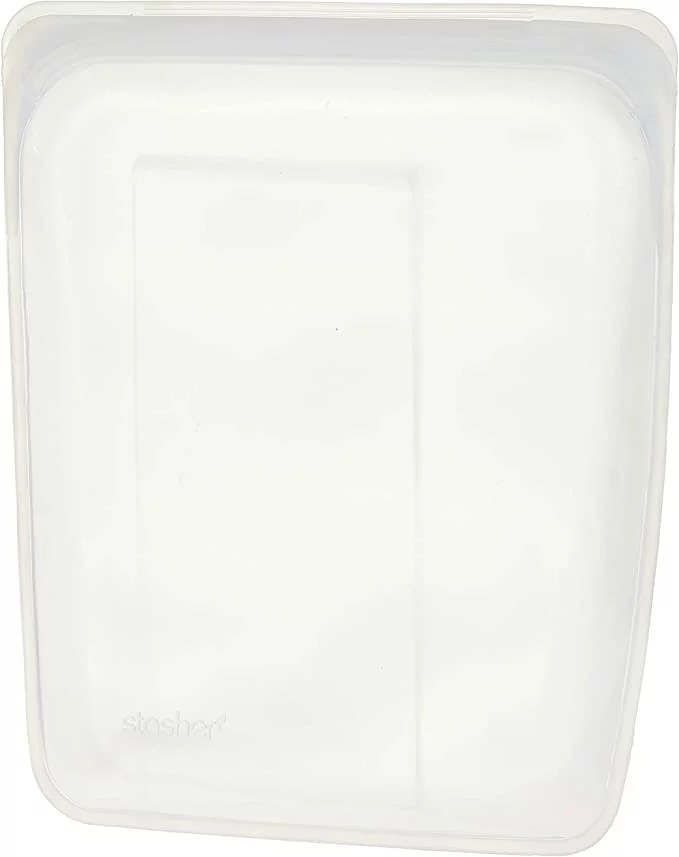
When foraging for vegetables and herbs, you can opt for a zip-top plastic bag—or reusable option this one from Stasher. It is made from silicone, and it comes in a wide selection of sizes and colors. You can shop them in multi-packs, too.
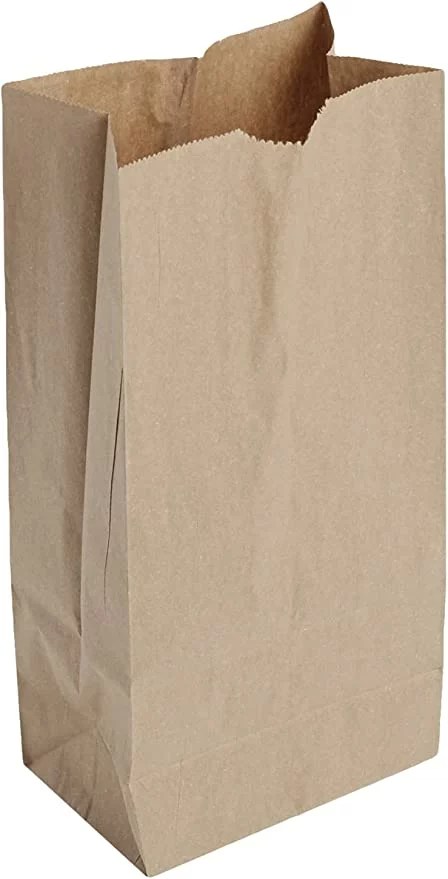
These brown paper bags come in a pack of 40 for $5. Multiple Amazon reviewers have mentioned that they use them for storing mushrooms to maintain their freshness for longer. If you want to get the most use out of these bags, you can pack your lunch or snacks in them, too.
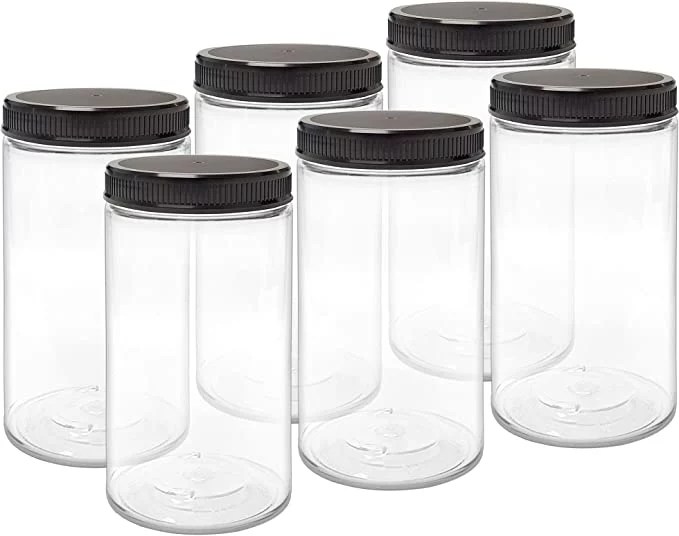
These 32-ounce jars are made of PET plastic and can be reused, but should be hand washed. Plus, they are BPA-free and food-safe so you can also use them for jams and condiments, too. They have tight, spill-proof lids and they come in a set of six.
4. A pocket knife: A pocket knife or, alternatively, shears will come in handy as you forage for wildflowers, plants, or mushrooms, so you can avoid having to tug, pull, or use sheer force to collect your bounty.

This pocket knife from Opinel comes with a carbon-steel blade that is 3.25 inches long —which one Amazon reviewer mentioned is the “Goldilocks size”—and a beechwood handle. It’s also fitted with the Virobloc safety ring, which locks the blade in close or opened positions. Amazon reviewers have noted that the blade is razor-sharp and keeps its edge for a long time.
5. A digging trowel: A portable digging towel or shovel is also good to have if you’ll be harvesting mushrooms or plants from the ground, helping you loosen the roots of foraged finds.
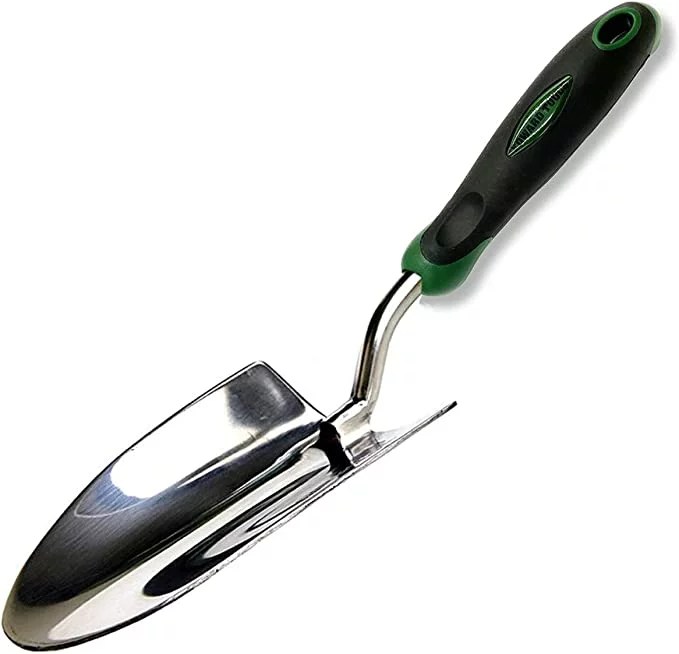
With a 4.8 star overall rating after more than 3,000 reviews, this small garden trowel is a popular option on Amazon. It’s made of stainless steel and, according to the manufacturer, it can dig through rocky or heavy clay soil. Reviewers have also mentioned that the cushioned grip handle makes it easy on the hands, too.
6. Insect repellent: When you’re foraging outside, you’ll likely come across insects like mosquitoes and ticks; using insect repellent will keep exposed skin protected and prevent unwanted bites.
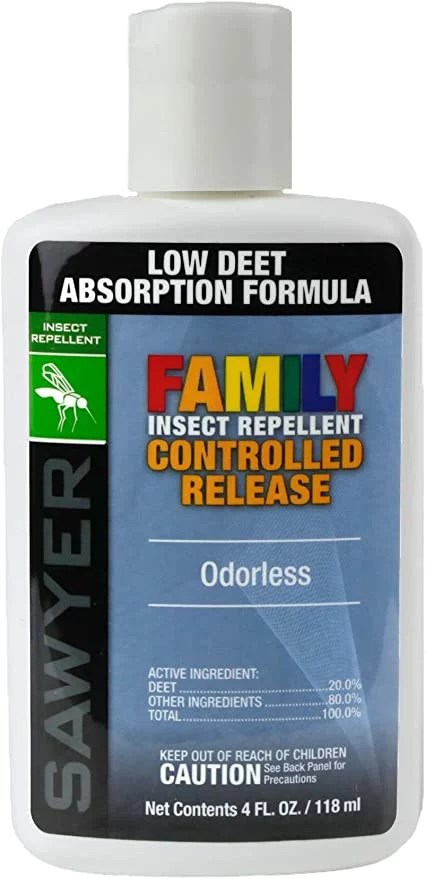
This insect repellent lotion contains 20 percent DEET and provides sweat-proof protection against mosquitoes and ticks. It offers up to 11 hours of protection, and it is safe for adults and children over two months of age.
Also nice to have
7. Appropriate clothes: Dress for the weather, like in lightweight but sun-protective clothes for the warmers and in layers for the colder season, and just as importantly, in comfortable attire that you don’t mind getting dirty.
8. Close-toed shoes: Poison ivy, thorns… you’ll never know what you’ll step on outdoors, so it’s best to avoid wearing open-toed shoes and opt for closed-toed footwear, like sneakers or hiking boots.
9. Water and snacks: Bring a filled water bottle to stay hydrated and snacks if you become hungry—and if you’re traveling with company, whether human or four-legged, enough water and food to share.
Loading More Posts...
